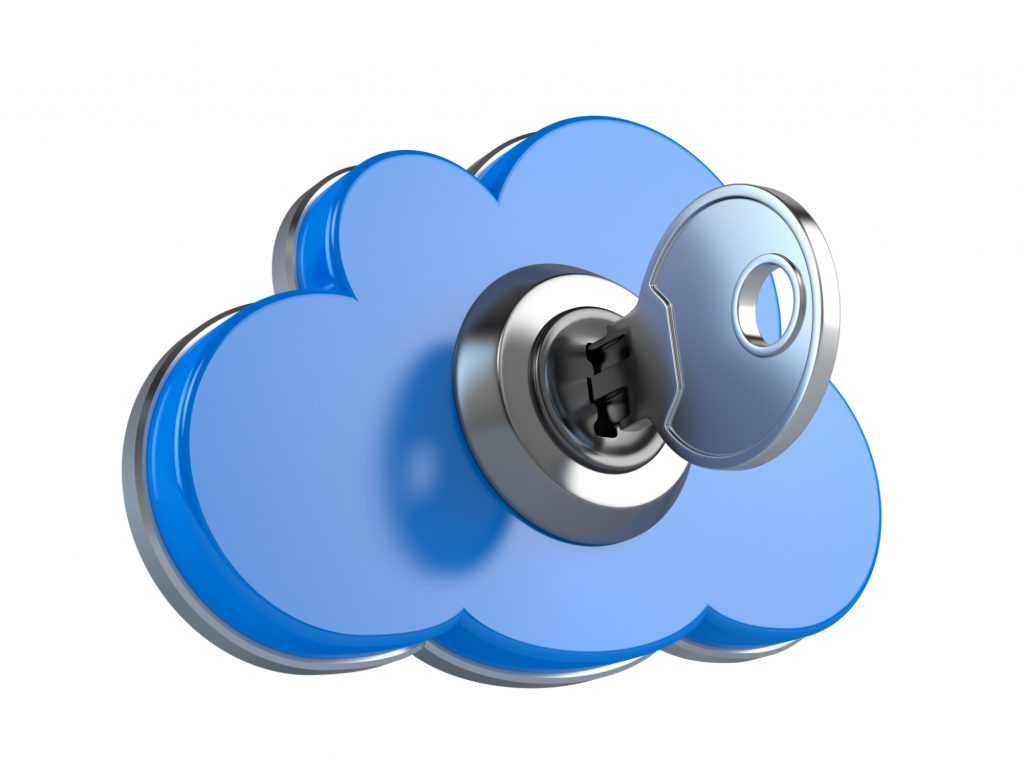advertisement
Are You Secure In The Cloud?
CIO East Africa will host a webinar in a series of many, to define the security in the cloud. The…

CIO East Africa will host a webinar in a series of many, to define the security in the cloud. The webinar, free of charge is scheduled for Thursday 21st May 2020 at 11.00 AM EAT.
Themed: ‘Security In The Cloud’, the webinar shall define the set of policies, controls, procedures, and technologies that work together to protect cloud-based systems, data, and infrastructure.
Join the cloud security discussion by following this link.
advertisement
Ozan Oguz, the Regional Cloud Security Architect at Check Point Software Technologies, Ltd shall be presenting at the webinar. He has about 15 years of experience within the network and security world, working for global IT integrators and clients in Turkey before joining CheckPoint.

Having worked with almost all cloud vendors in the market, Oguz has built a solid educational foundation and passion for network/datacenter virtualization and cloud security. Furthermore, his enthusiasm about new trends and technologies about the cloud makes him a perfect candidate to demystify the cloud and its security features more so, now that more than 50% of employees work from home.
Associated with a myriad of benefits, the cloud is equally deemed prone to vulnerabilities.
advertisement
In his article, ‘The Risks, Threats & Vulnerabilities in Moving to the Cloud’, Timothy Morrow explores a series of best practices aimed at helping organizations securely move data and applications to the cloud.
He notes that the threats and vulnerabilities involved in migrating to the cloud are ever-evolving, thus tresses on the importance of considering other possible challenges and risks associated with cloud adoption and that are specific to systems and data metrics.
“If an attacker gains access to a user’s cloud credentials, the attacker can access the CSP’s services to provide additional resources (if credentials allowed access to provisioning), as well as target the organization’s assets.”
– Timothy Morrow
Morrow says: “If an attacker gains access to a user’s cloud credentials, the attacker can access the CSP’s services to provide additional resources (if credentials allowed access to provisioning), as well as target the organization’s assets.” “An attacker who gains access to a CSP administrator’s cloud credentials may be able to use those credentials to access the agency’s systems and data.”
advertisement
He adds that such attackers could leverage cloud computing resources to target an organization’s administrative users and other organizations using the same CSP or the CSP’s administrators.
To be part of this awareness engagement, click this link for registration.